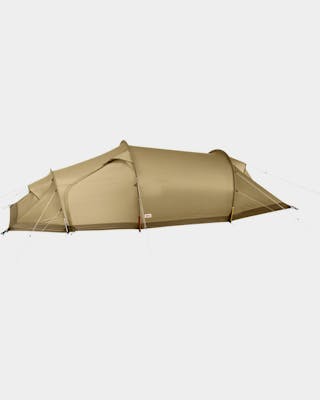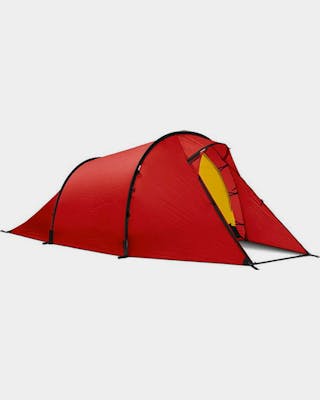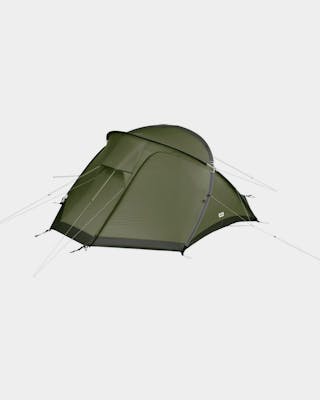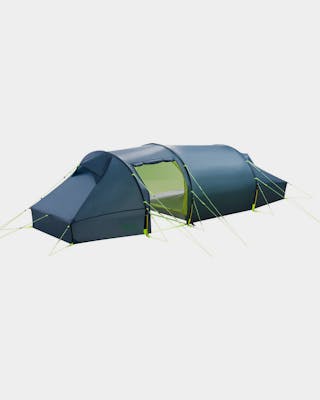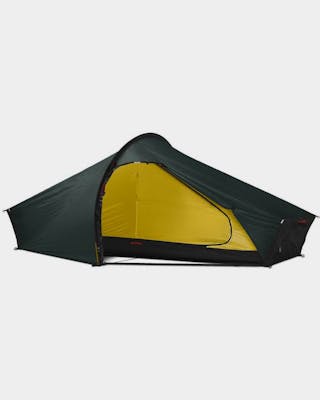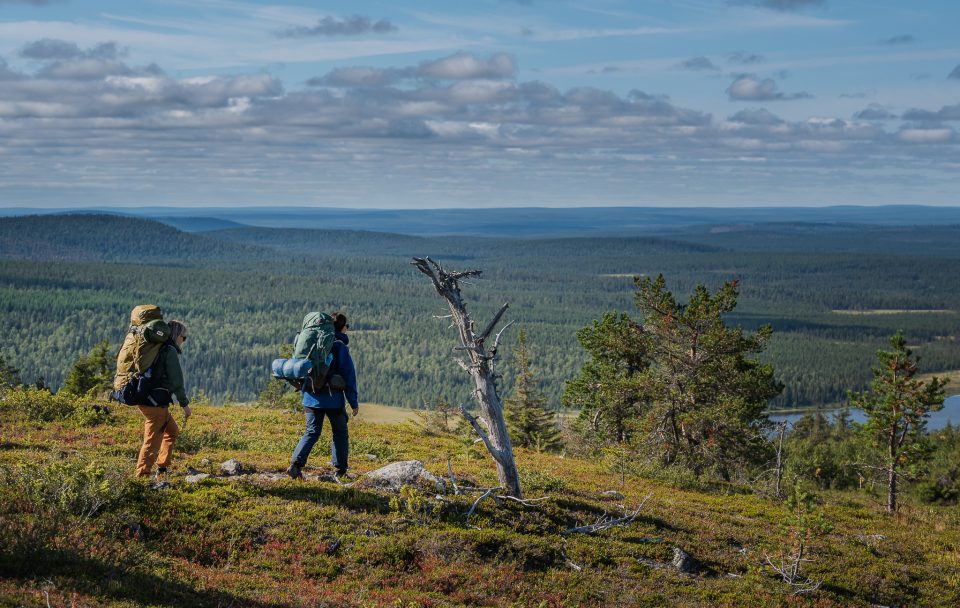

Packing list for a one-week hike
In this article, we provide tips on what to pack for a hike during the snow-free season.
Many beginner hikers likely dream of one day going on a longer trek. It’s a good idea to start practicing hiking skills on shorter trips first, and once those skills are well established, you can begin to extend your hikes.

On a week-long hike during the snow-free season, you’ll need roughly the same gear as for a weekend trip. Naturally, you’ll go through more food, you may need extra clothing, and all your gear must withstand the demands of your destination. If the hike takes you to Lapland, you’ll need to account for harsher weather and more challenging terrain.
Packing list for a hike:
- Backpack or other carrying system
- Shelter (e.g. tent, hammock, or tarp)
- Sleeping pad
- Sleeping bag or quilt
- Cooking and eating utensils
- Food
- Clothing, accessories, and footwear
- Small essentials (repair kit, hygiene items, etc.)
- First aid supplies
- Navigation tools, trekking poles, etc. for movement
The clothing and gear of experienced hikers can vary greatly. The choices depend on the destination, the goals and type of the trip, the weather conditions, personal style, and most importantly, individual preferences.
Create your own packing list
It’s a good idea to start by creating your own packing list. While doing so, it’s helpful to look at packing lists found online, but it’s also important to approach them critically. One common issue for beginner hikers is carrying too much weight, simply because it’s hard to know exactly what’s worth bringing. It’s easy to end up packing a bit of everything “just in case.”
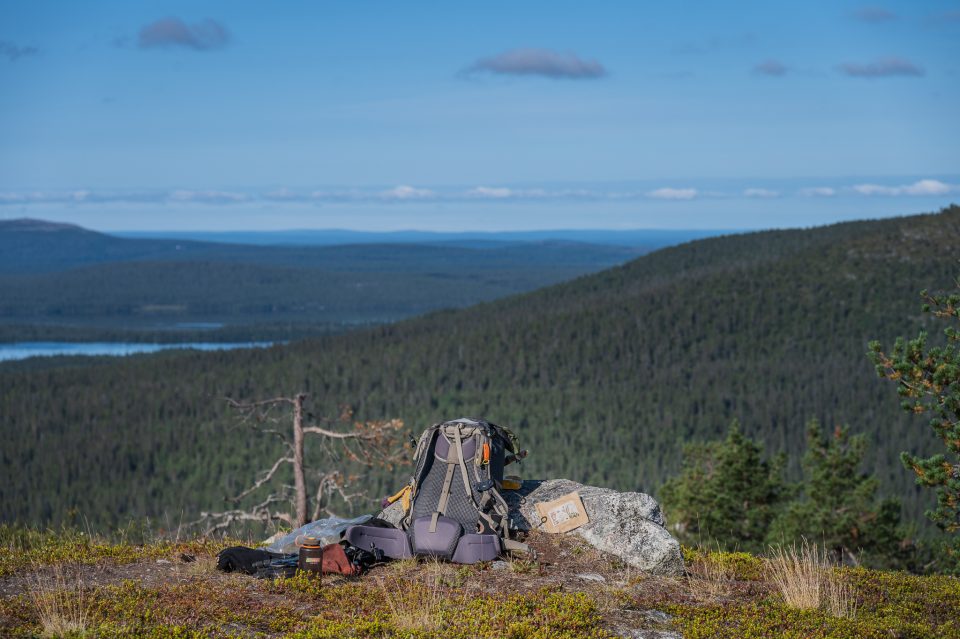
If you find a comprehensive packing list online and try to fit everything into your backpack, you might discover that it doesn’t all fit—and you’ll end up bringing a lot of items you won’t even need on your specific trip. A backpack that’s too heavy is uncomfortable to carry for a week. It limits your mobility, causes pain and fatigue, and can even lead to accidents. What counts as “too heavy” is very personal.
It’s a good idea to start your packing list by thinking about what you’ll wear when you begin hiking. Consider all clothing, accessories, footwear, map case, GPS device, trekking poles, and so on—prepare them in advance and write them down. If your hiking destination requires a longer journey to reach, you might not put these items on until you arrive, so pack them on top of your travel bag, for example.
If you’re traveling to the destination by car, it’s a good idea to prepare a separate travel bag that includes clothes for the drive and a change of clothes for after the hike. It’s more comfortable to have relaxed clothing and footwear for the journey.
After this, you can start thinking about the other items on your packing list.
Choosing a backpack for a hike
Many people only have one backpack, so this choice is an easy one. The backpack should have enough capacity to fit everything inside. If it becomes completely full, you can attach items like a tent to the outside.
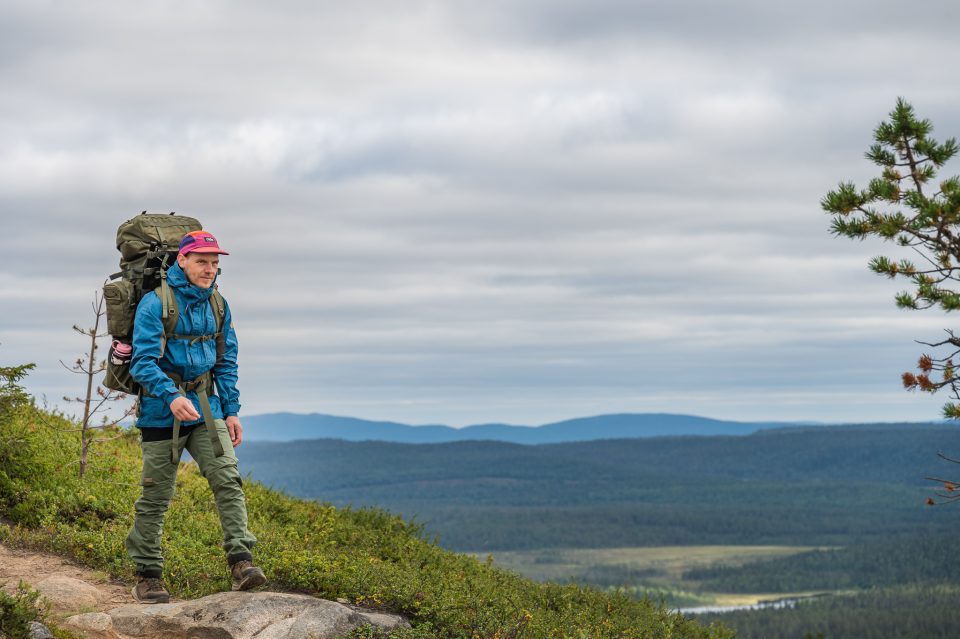
Choosing a shelter
For beginners, a tent is usually the safest shelter option. The tent should withstand the weather conditions of the destination, but it doesn’t need to be overly heavy-duty. While a tent can be used by one person, sharing it with two or even three people is an easy way to reduce weight.
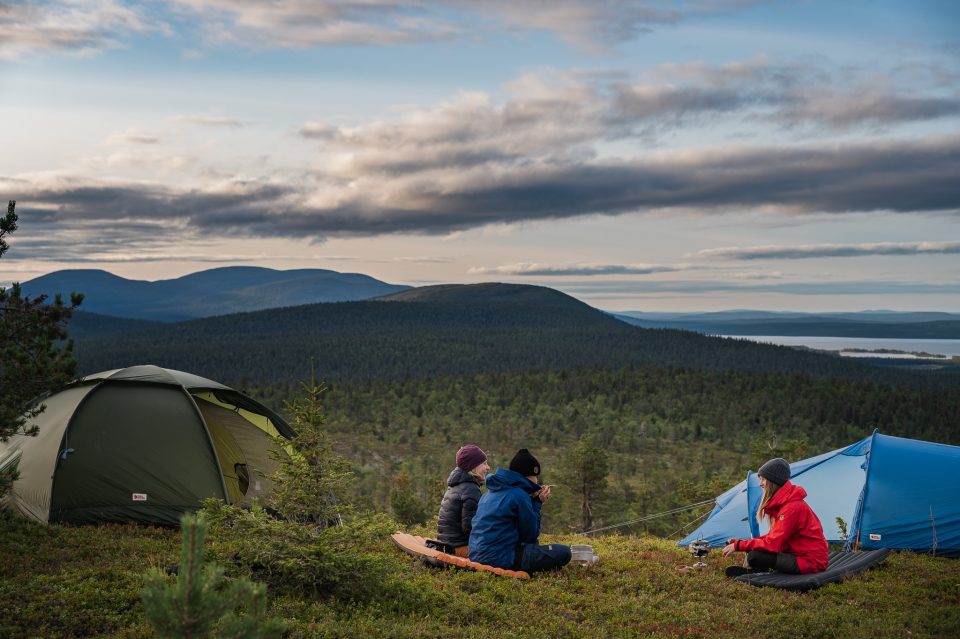
It’s best to choose a backpacking tent. Some tents are designed mainly for use at campgrounds—they tend to be heavy and aren’t built to withstand harsh weather conditions.
If you own multiple shelters, such as different types of tents, a hammock, or a tarp, you have more options to choose from. Consider the type of terrain and which shelter is easiest to set up in that environment. If you’re choosing between a larger and a smaller tent, think about whether you prefer to hike with lightweight gear or if you’re more comfortable carrying heavier equipment.
Choosing a sleeping bag and sleeping pad
When choosing a sleeping bag and sleeping pad, pay attention to how cold it can get while still being able to sleep comfortably with them. Even if you plan to sleep in wilderness huts and/or the weather forecast promises warm conditions, in Lapland it’s generally best to choose a combination that allows you to sleep in much colder temperatures—forecasts aren’t always accurate.
Even in summer, temperatures in Lapland can often drop close to freezing. That said, there’s no need to overdo it—a sleeping bag designed for winter use is too heavy-duty for summer conditions.
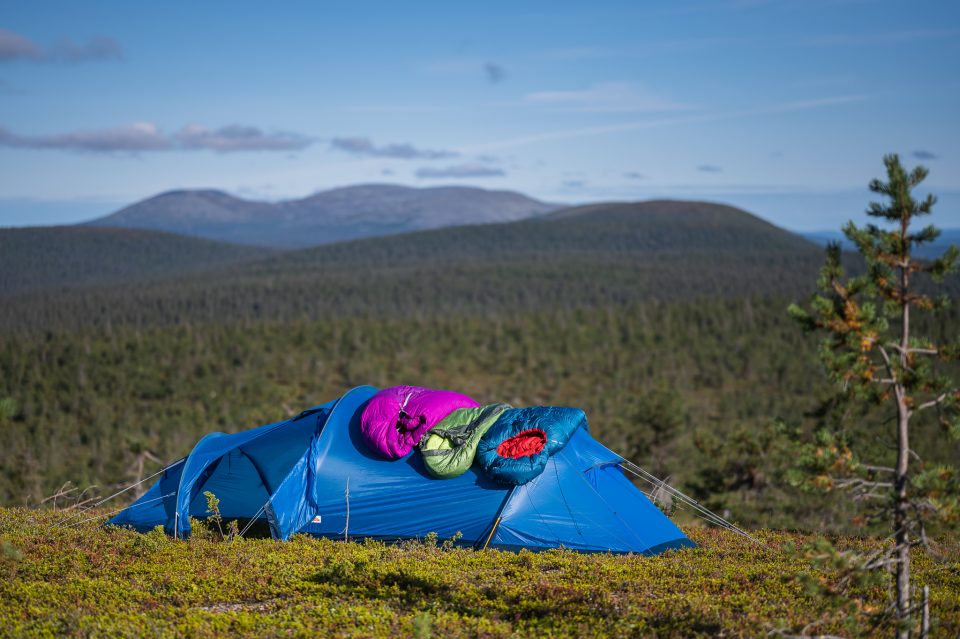
On a hike, the weight and packed size of your sleeping gear matter a lot. When purchasing these items, it’s worth considering sets that are suitable for your typical trips and hikes. If you hike year-round, you’ll likely need more than one sleeping bag—and possibly more than one sleeping pad as well.
A sleeping bag should always be packed in a waterproof manner. A backpack rain cover alone is not enough protection against getting wet.
Cooking and eating utensils
On most hikes, a camping stove is used along with one or two suitable pots or a frying pan. You’ll also need fuel for the stove and possibly a spatula or a heat-resistant spoon or ladle. In addition, you’ll typically have a cup and a spoon for eating. If you’re hiking alone, you can eat straight from the pot or directly from backpacking meal pouches.
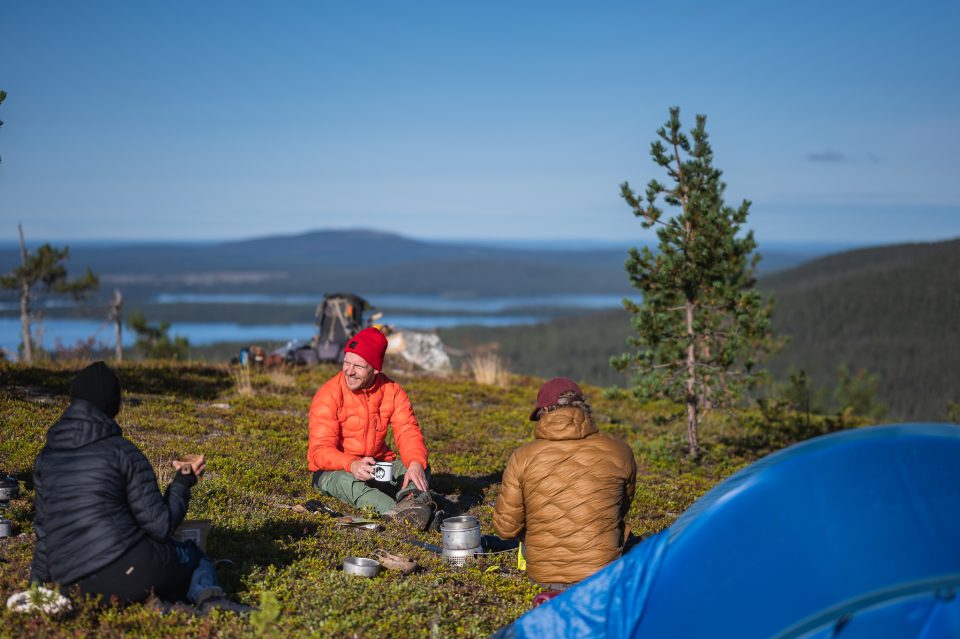
In addition to these, it’s good to have a knife and fire-starting tools. Some camping stoves come with a piezo igniter, but these are prone to breaking. You’ll also need a water bottle, and in some cases, it’s wise to bring water purification tools, such as a filter or purification tablets.
Food for the hike
On a longer hike, food can be the heaviest part of your gear. Typically, you’ll need at least about 500 grams of food per person per day. When planning your meals, it’s important to pay close attention to weight, shelf life, and nutritional value.
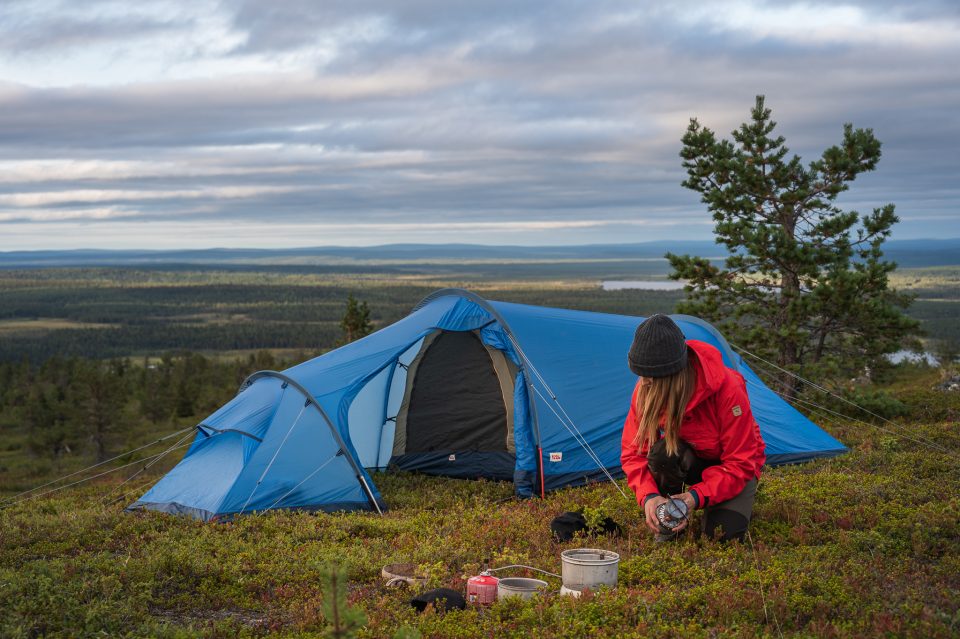
Food should be packed in a way that prevents it from getting crushed or wet during the hike. A dry bag is a convenient option for packing food.
Clothing, accessories, and footwear
A clothing pouch can become surprisingly heavy if not carefully planned. Clothes should be packed in a waterproof bag to ensure they stay dry.
Your clothing should be considered as a complete system, rather than just packing your favorite items. On a week-long hike, you’ll usually carry no more than one extra set of base layers. It’s a good idea to bring several pairs of socks, and wet socks should always be dried for the next day.
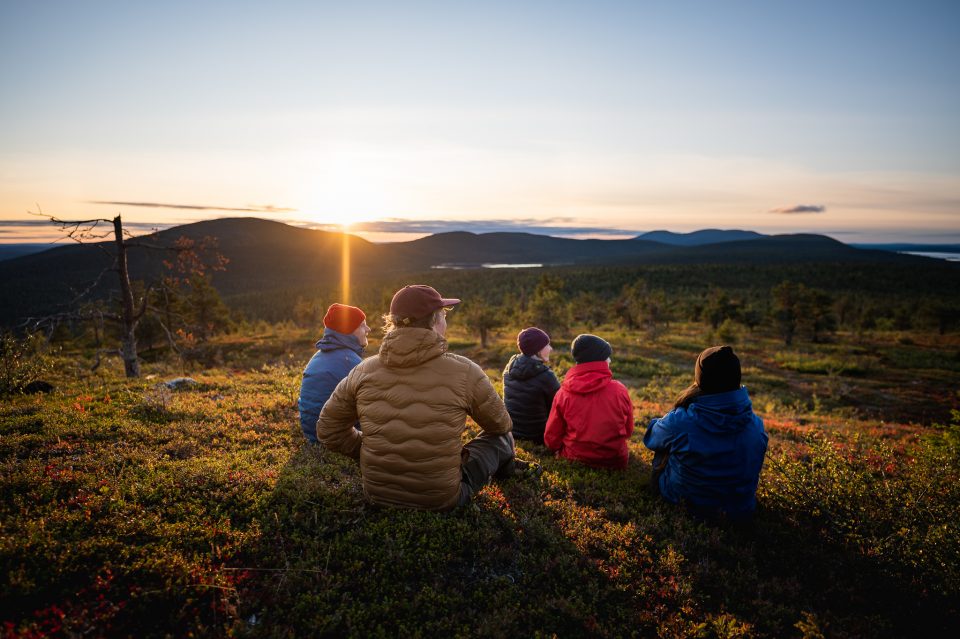
If you’re wearing heavy-duty hiking boots, it can be nice to give your feet a break at camp with a pair of camp shoes.
Clothing should be planned with layering in mind. Think about being able to wear all your layers at once and still stay warm even in near-freezing conditions. Merino wool works well as a base layer. For a mid-layer, fleece is a good choice and can be supplemented with a lightweight down jacket. On top of that, a loose-fitting waterproof shell jacket will help you handle cold, wind, and rain. Over your hiking pants, you can add a rain skirt or shell pants.
Small essentials and miscellaneous items
This category includes all the small items—some may already be part of your cooking gear or carried in your pockets while hiking. These little things can sometimes be forgotten in the small compartments of your backpack, so it’s a good idea to check that you’re only bringing what you’ll actually need.
Often, dishes can be cleaned without detergent, but if you do use one, make sure it’s truly environmentally friendly. A dish brush is rarely carried, but you can bring one if you feel it’s absolutely necessary.
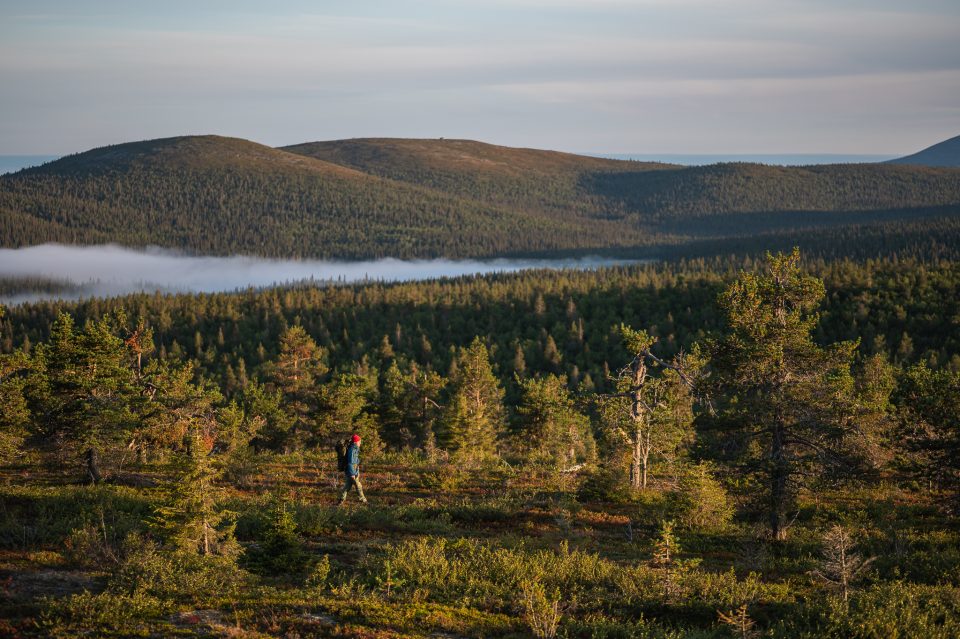
Most people use no more than one roll of toilet paper per week. Wet wipes aren’t always necessary, but they may be justified when hiking in a group—just like hand sanitizer. A toothbrush and toothpaste are essential, as well as any personal medications. In summer, sunscreen and sunglasses are good to have. A towel is optional; a lightweight travel towel works well for this purpose.
A headlamp is rarely needed in summer, but in spring or autumn, it can be useful inside a dark tent. For mosquitoes, you might want to bring a mosquito net.
It’s worth customizing a small repair kit for yourself. Don’t overpack it—think about what you might realistically need, such as a needle and thread, zip ties, wire, utility cord, safety pins, and tape.
You can also include your phone, camera, and power bank in this category—or, depending on how you use them, they might belong to the gear used while on the move. Decide for yourself which category they best fit.
First aid kit
On hikes, you must always be prepared for injuries and illnesses. A first aid kit is good to have even on shorter trips. You can either assemble one yourself or buy a pre-made kit and customize it to suit your needs.
At a minimum, you should carry band-aids, gauze, blister plasters, tape, and painkillers. Always remember to restock any used items before your next trip and check that everything is still in good condition.
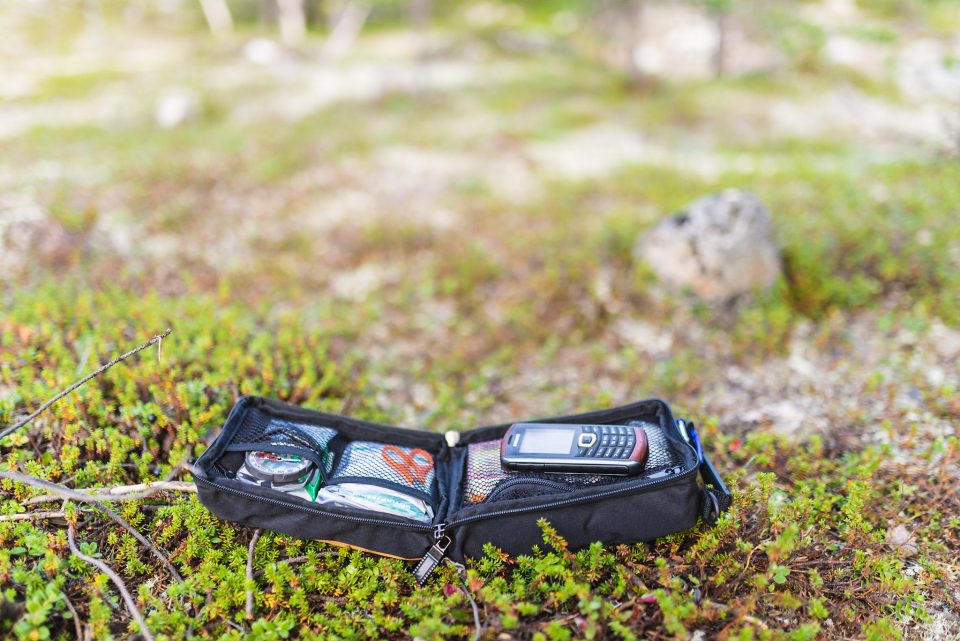
An old “dumb” phone can still call emergency numbers even without a SIM card—as long as there is mobile network coverage. However, devices like the Garmin InReach allow you to call for help via satellite, so you don’t need a mobile network connection.
Gear needed while on the move
As mentioned earlier, these items should be packed separately and kept easily accessible to ensure nothing gets left behind. For navigation, some use a GPS device, phone, or even a watch—but a physical map should always be carried. Along with the map, you’ll need a compass, and it’s important to know how to use both. Technical devices can fail, and they often have limited battery life.
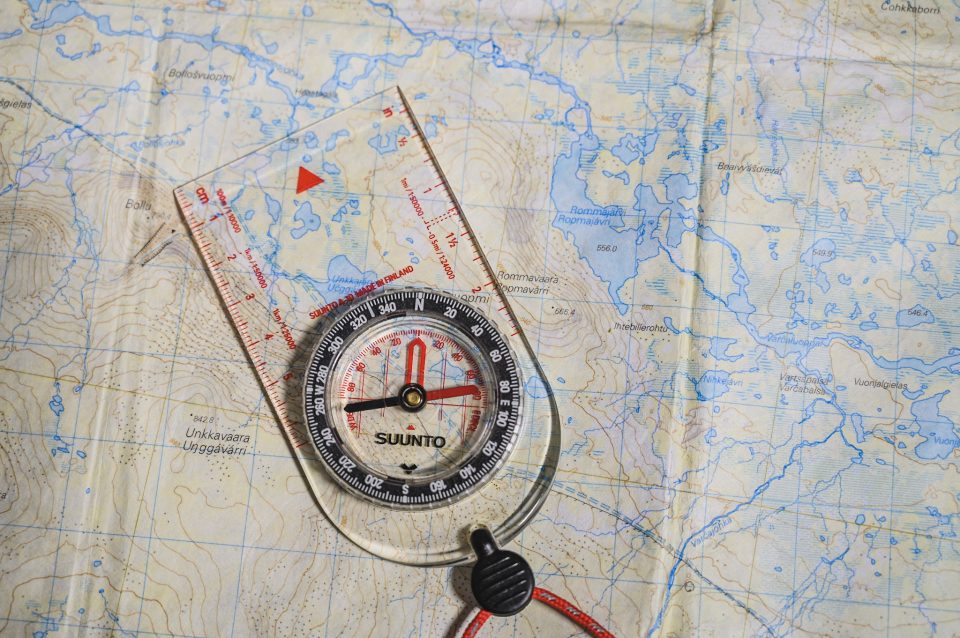
By gaining experience quickly, you’ll learn to pack only the gear you truly need. After each hike, it’s a good idea to reflect on whether you brought anything unnecessary—or if there was something you wished you had.
Wishing you unforgettable hikes!
Posted: 20.4.2022Modified: 8.10.2025
